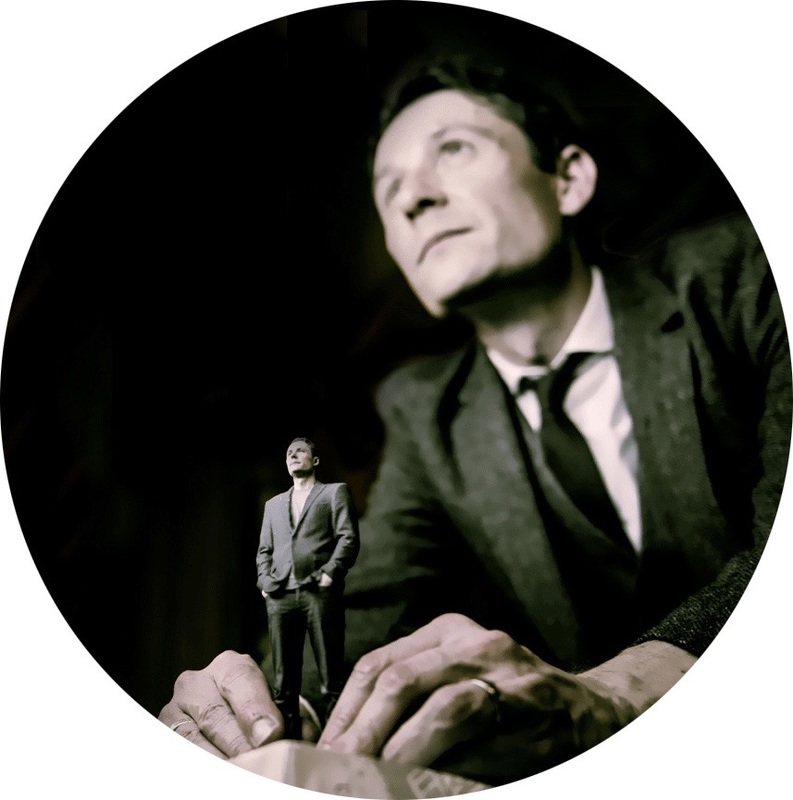|
In this post I describe and a recent exercise where I used photographs and interviews in order to gain insights into the digital lives of teenagers. To offer some background, in the first four months of 2015 I have been developing a digital strategy to support my work in widening access. I have been exploring how digital environments, pedagogies and technologies might enable my colleagues and I to extend and enhance our support of teenagers as they consider and then apply to higher education. One of the approaches I have been taking is to speak directly with school students. If this seems an obvious point, in It’s Complicated: the social lives of networked teens (2014), Danah Boyd bemoans the tendency for adults – educators, politicians, journalists – to discuss the digital interests and needs of young people without stopping to listen to the same people to whom they are variously attaching labels and planning courses of action. More locally, at the recent Jisc Digital Student Consultation in Edinburgh, there was a clear message that students want to be asked, in a meaningful way, what they need from technology. Focus groups had pointed towards a feeling amongst some students that institutions wanted to be seen to be listening, without actually listening. To open some dialogue with the particular pre-higher education audience that I work to support, yesterday evening I took advantage of a conference for S5 school students being staged by my colleagues on Edinburgh University's campus. With a fairly small window in which to speak to attendees, combined with my wish to avoid intruding on the Conference itself, I took the following approaches to data collection:
I approached students directly before the Conference opened, as they enjoyed light (non-alcoholic) refreshments in the Student Union. This noisy and informal setting lent itself well to encouraging them to talk about their use of social media, attitudes towards email, access to the Internet, and other questions drawn from the literature and my own research. This approach also had the desired effect of enabling me to collect a lot of data in a short period of time. In less than an hour I spoke to 25 students as well as photographing the digital devices they had brought to the event. Without having taken time to really consider the data in depth, a cursory glance and listen to the different responses and conversations suggests the following:
Naturally the data merits much deeper consideration than the immediate observations I've outlined above. But I'm also interested in thinking more generally about whether there is anything I can take away from the exercise from a methodological perspective. For instance, I'm wondering whether photographing visual devices can be an effective way of addressing the potential for some students to overstate the digital resources they can call on (as a number of colleagues had described, during an earlier stage of my research). Admittedly, a student who owned a hand-me-down Nokia 8210 might simply have not presented it to be photographed, but he or she wouldn’t have been able to conjure up an iPhone 6 in its place, in the same way that it is possible to make over-inflated claims within a conventional focus group or questionnaire.
References
[All data reproduced with the written consent of participating students]
0 Comments
Leave a Reply. |
Search categories
All
I am a Lecturer in Digital Education (Education Futures), within the Centre for Research in Digital Education at The University of Edinburgh.
@james858499 [email protected] |
